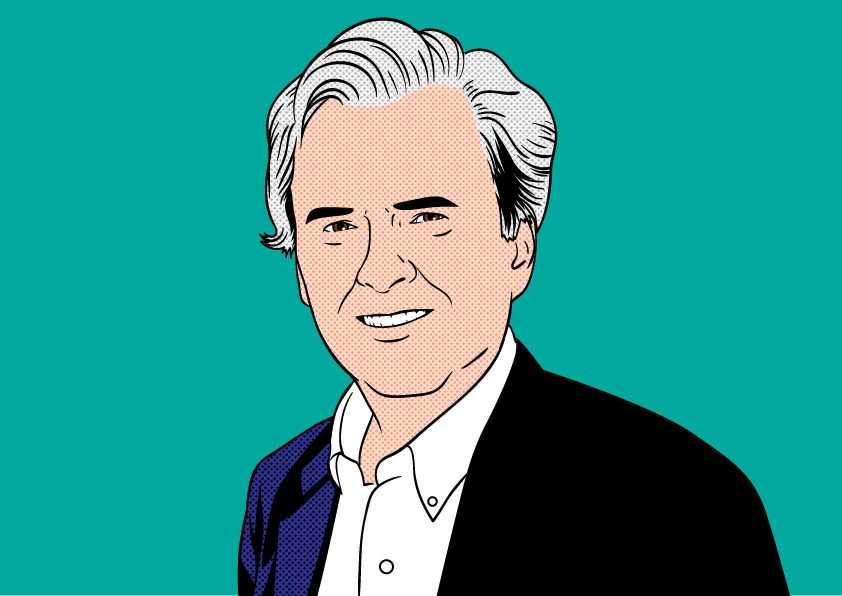Has Uber Ruined the Drive to the Airport?

By Robert McGarvey
A huge slice of any air travel day is the time it takes to get to and from the airport and yet we don’t talk about that. We do talk about flight times, also about security line times. Valid topics both. But not so much transit times to/from the airport.
That topic is presently on my mind because Phoenix voters recently voted down – by a two to one margin – an underhanded proposition aimed at destroying the area’s light rail system. Partly bankrolled by Koch Bothers funds, Proposition 105 aimed to withdraw funding for the light rail.
I applaud that and in fact also voted against it. Here’s the deal: I cannot imagine why anybody who uses the airport would have voted otherwise. The light rail has significantly reduced automotive congestion at the airport and, a local’s tip, if you are heading from the airport to a downtown Phoenix hotel, take the light rail. It’s as fast as a car – it won’t take more than 30 minutes – and it costs $2. ($1 if you are 65 and older.)
And your contribution to global warming is near zip.
The other reality: airports around the country are faced with crumbling road access to airports. Drive times are becoming overwhelming. From Laguardia to Logan to Sea-Tac, airport road access is a descent into circles of Dante’s hell.
Mass transit is the way to go.
Especially because if you think airport traffic access is worse now you very probably are right. The New York Times headline tells why: Ride Sharing Adds to the Crush of Traffic at Airports.
Wrote Julie Weed, “Traffic at the airports — even before you get inside — has gotten worse. The cause is not just the record number of travelers. It’s also the shift to ride sharing.”
Weed continued: “The explosion in ride-share demand has caught airports off-guard, ‘and operations staff are scrambling to address it,’ said Kama Simonds, spokeswoman for the Portland International Airport in Oregon. Ride-share pickups there, she said, have climbed to 106,000 from 48,000 in the last two years.”
Weed also notes that airports, along with ride sharing companies themselves, are seeking ways to address a problem that frankly irritates increasing numbers of travelers.
But a reality is that many airports have limited choices. They just don’t have space to build new roads.
Meantime, many ride-share drivers behave differently than traditional taxi drivers did. The latter, historically, have had to wait in a holding lot until dispatched and told to drive to a specific terminal because passengers are waiting. Years ago, when I drove a cab in Boston, I remember waiting in the holding lot as long as an hour – but the good news is that I did not drive around Logan Airport in never ending circles on a hunt for a fare. My contribution to airport traffic congestion was close to nil.
At many airports, rideshare drivers too have holding lots for their use – but some are fidgety and circle the airport. That adds to congestion.
Sure, the rideshare companies say they are trying to change driver behavior and maybe they will, maybe they won’t.
And the access roads around airports are more clogged than a foie gras eater’s arteries.
That won’t change soon. Not for those who insist on driving in and out of airports.
Enter mass transit. The silver bullet for many passengers, at many airports, is mass transit. The light rail definitely is in Phoenix. But the same is true of other cities.
I am a big fan of BART from SFO to downtown San Francisco. It’s as fast as a cab and costs about $9.60 compared to maybe $45 in a cab.
LAX now has its Flyaway – another good mass transit option,
Even EWR has a PATH station on the drawing board.
In much of the country similar is true. That’s why I usually check my mass transit options wherever I fly. It’s increasingly the smart transit play – environmentally best but also often as fast as a car.
But then there are the exceptions. You are flying into PHX but are heading to Scottsdale? For you there’s Lyft. Sorry, no lightrail. Scottsdale has sat out the lightrail and, looking at a longterm expansion map, it is still a holdout. Why? Ask them, not me. Here’s what the AZ Republic reported the last time Scottsdale knifed light rail.
Fortunately, light rail can thrive without Scottsdale and in fact it presently serves Phoenix, Tempe, and Mesa. There are plans to extend it to Paradise Valley, Glendale and Avondale.
And now the voters have once again spoken up and once again defeated the anti mass transit lobby. So if you are heading to PHX always check the lightrail options. For me, it’s the only prelude to flying.
Newark airport is not without rail service today.
Newark Airport (EWR) already has a train station with access to Amtrak (Washington DC to NYC to Boston) and NJ Transit (Trenton, New Brunswick, MetroPark, Newark, NYC and many shore towns). Getting to the rail station takes a monorail ride of 5-10 minutes (depending on which terminal you are using).
The article seemed to imply that the PATH station would be the first rail option. The proposed PATH station would require the same monorail ride as it will be co-located with the rail station. The addition of PATH service (subway like) will provide direct service to NYC Wall Street area, several additional stops in midtown NYC (ending a block from Penn Station) and several New Jersey cities along the “gold coast”.
In my experience, most public transit to airports in the US isn’t suitable for airports. Adding a PATH stop, to use your example, means little because PATH trains aren’t designed to handle suitcases nor is there even space for them on the crowded trains. (And as biz-traveler points out there already is train service.)